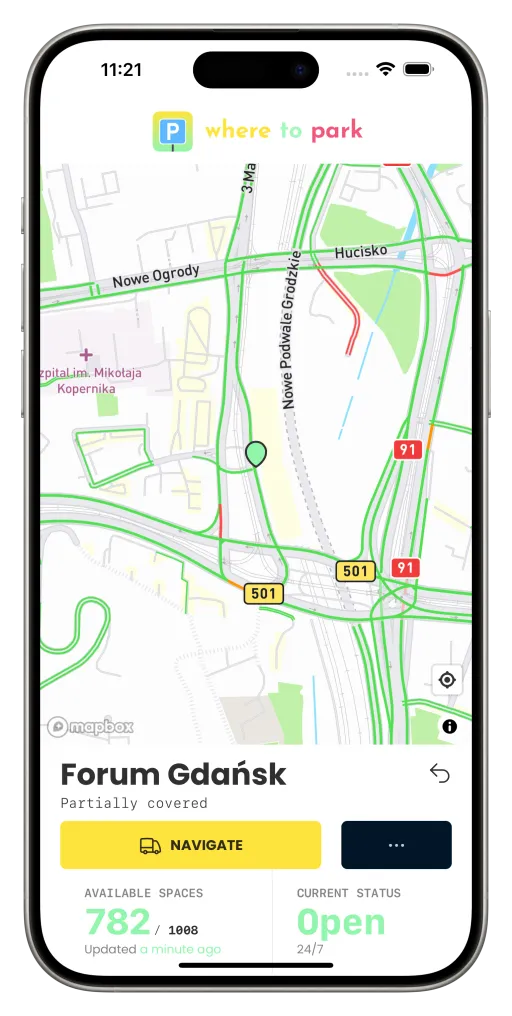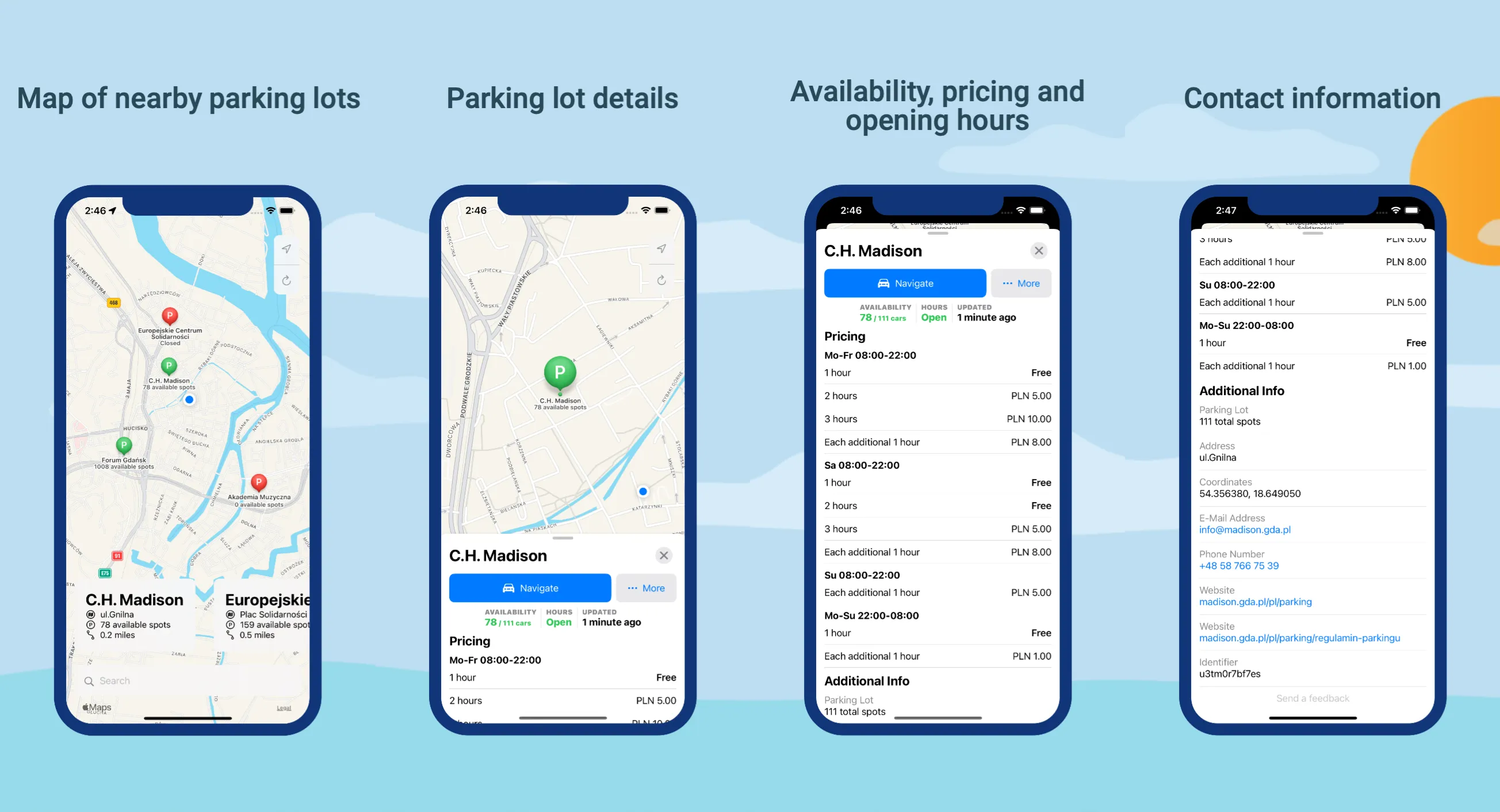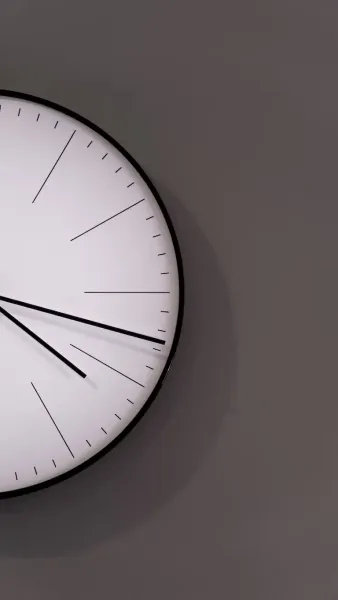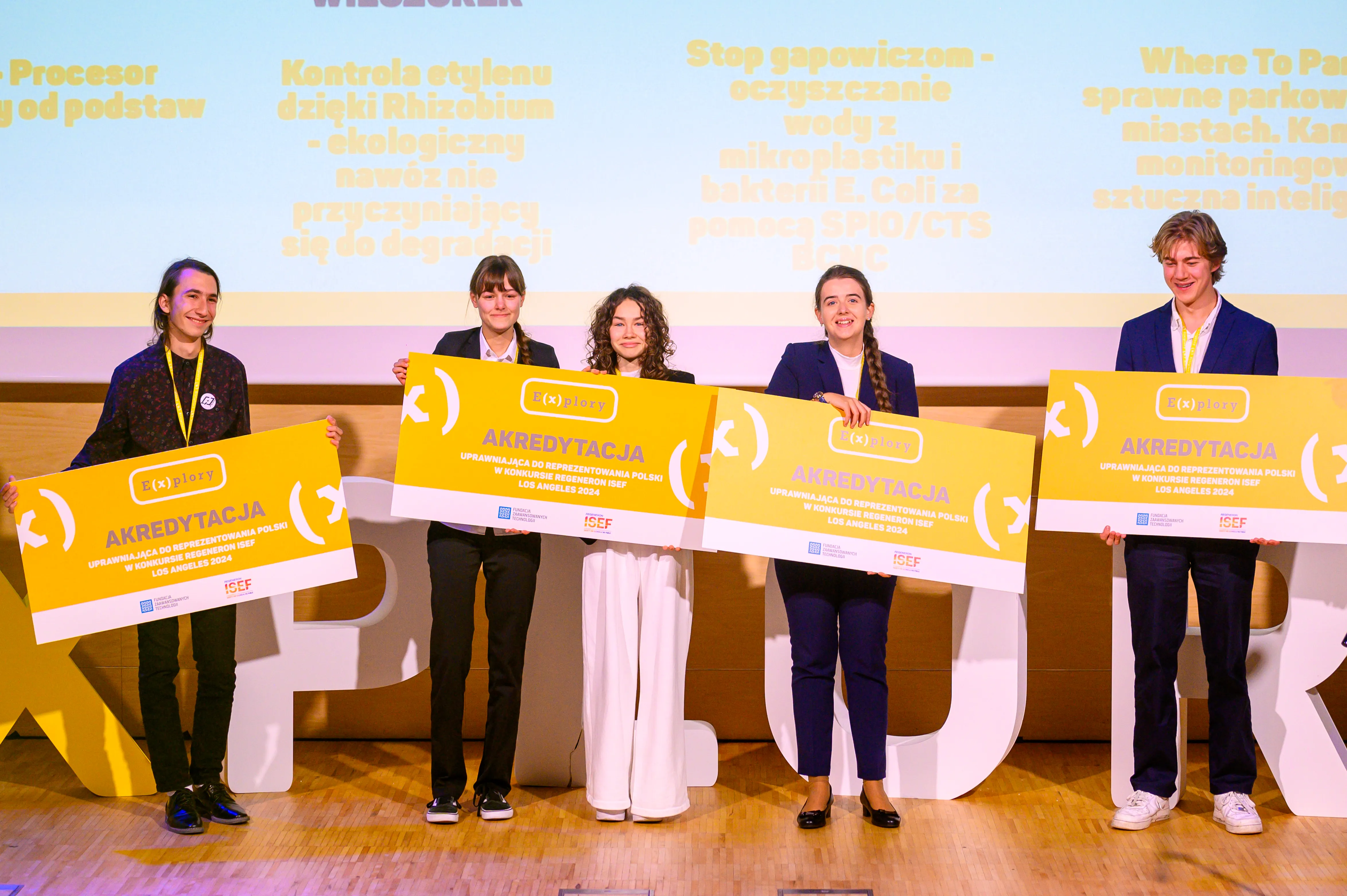
Drivers on average waste 10 minutes looking for a parking space. We will fix that by giving you exact directions to the nearest available parking spot.
A few bucks is wasted each time you want to park. You not only pay for running the car, but also for the spent time that you could spend doing something more productive than circulating around a parking lot.
Data is the key - so we want to provide parking lots with information who enters the parking lot or how much time do they spend there.
Based on history events, user can check predictions whether parking lot will be free on Thursday 4pm.
We provide disabled people with information, which specific parking lot has spots for them, and if they're available right now, in real-time.
Cities or parking lots could choose to additionally promote the parking lot in the app, so it'd appear higher in the results.
Gain an advantage by incorporating our systems into a parking lot.
With over 93% of accuracy we're able to detect which parking spots are vacant and occupied.
Our AI Model has been tested to work in rain, overcast and even when it's snowing ❄️.

Drivers can easily access information through our mobile app.
Not only the amount of available parking spaces, but also opening hours, prices, maximum dimensions and anything you'd ever need for parking your vehicle!
Our app will be able to dynamically route you to the nearest available parking space, and if someone would take it halfway your way there we will re-route you to a different car park.
Step 1: Gather data
Step 2: Send it to us
Step 3: Validation
Ready!

We've just started, yet we're already making an impact.





Not limited to only one country. We're expanding rapidly and broadly

We have received multiple awards for our innovative idea.
System accuracy ranges from 90 to 95 percent accuracy in determining if parking spot is available.
We're constantly improving.
The images we're collecting from CCTV cameras are safely stored for error evaluation.
Optionally we can also automatically blur out the faces, registration plates and other vulnerable data.